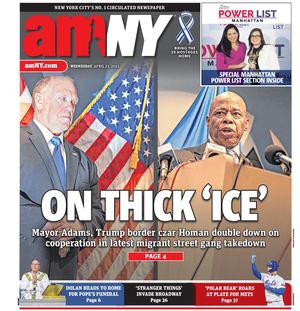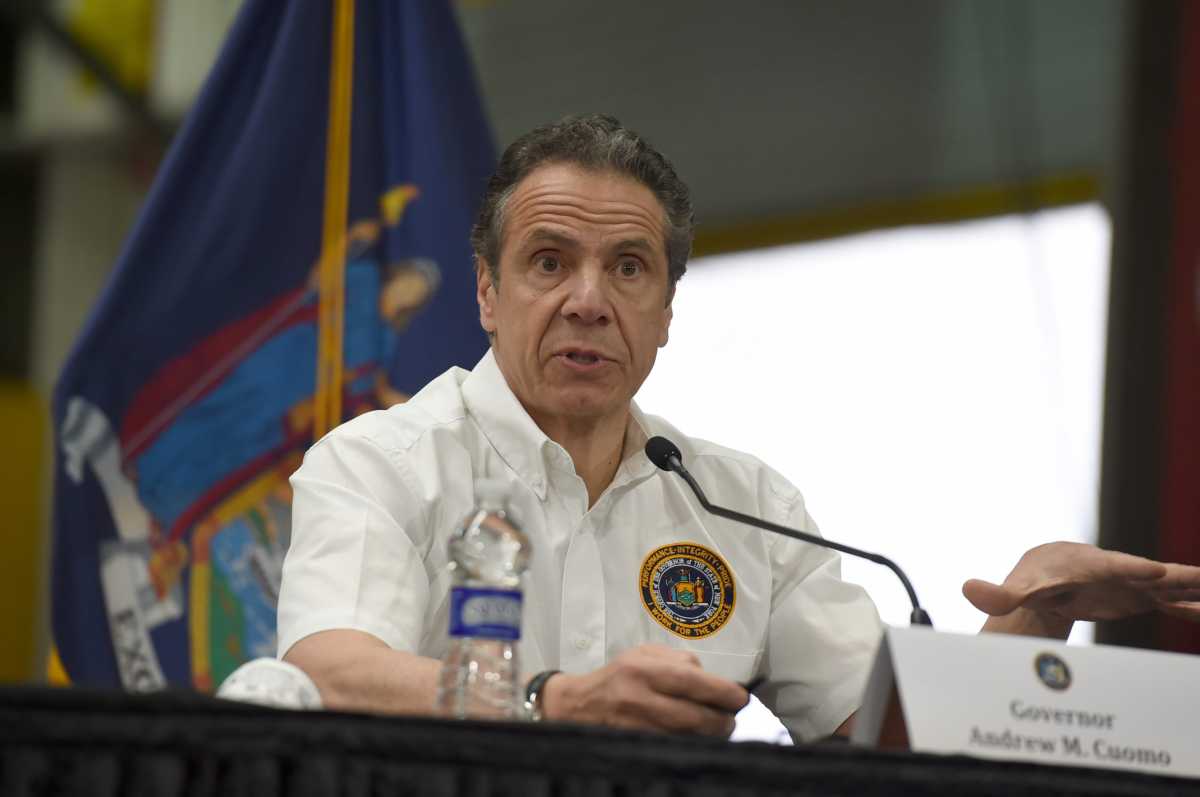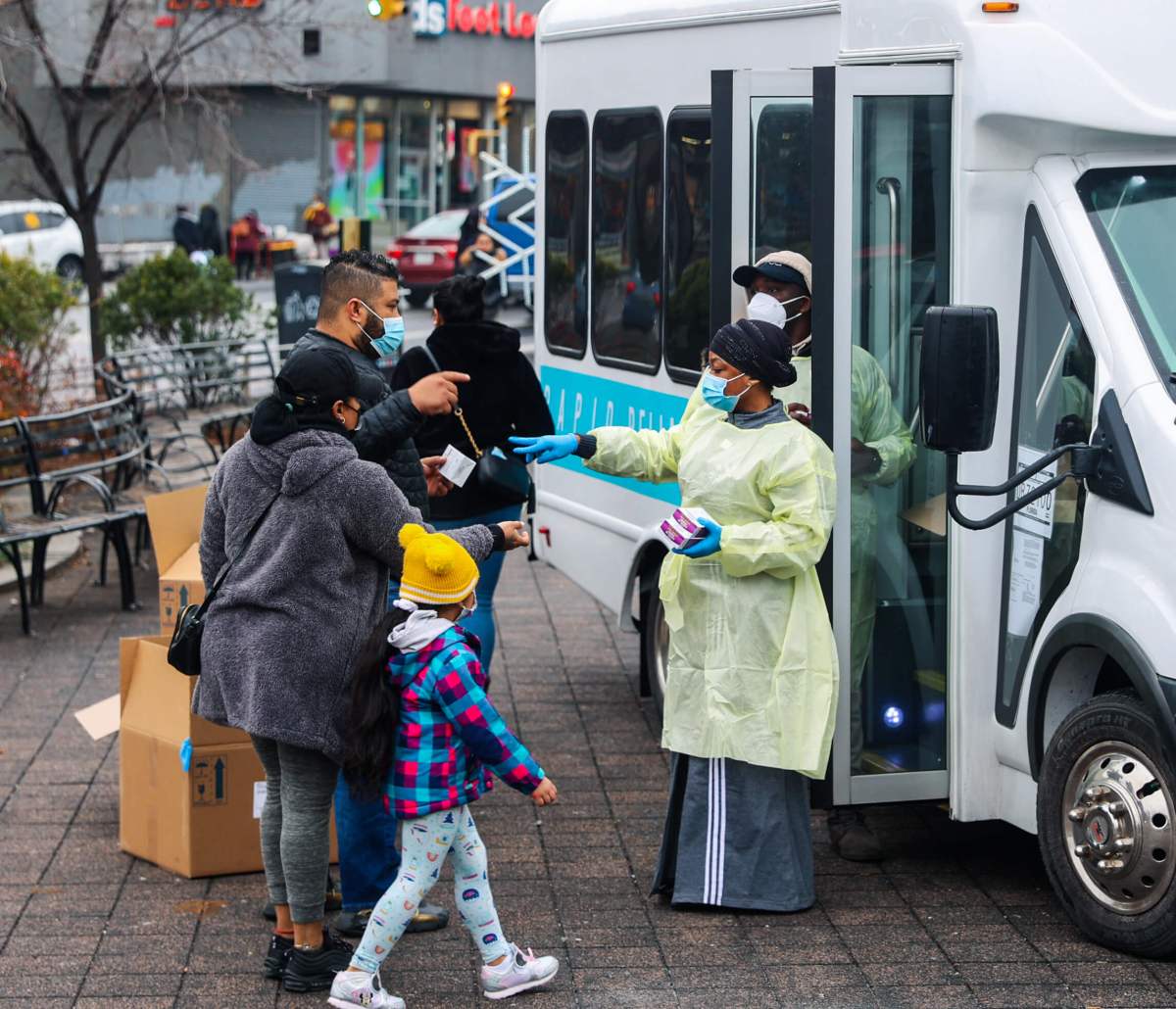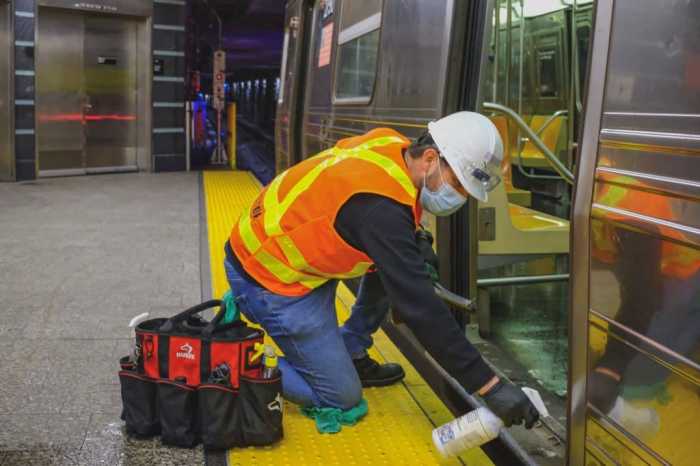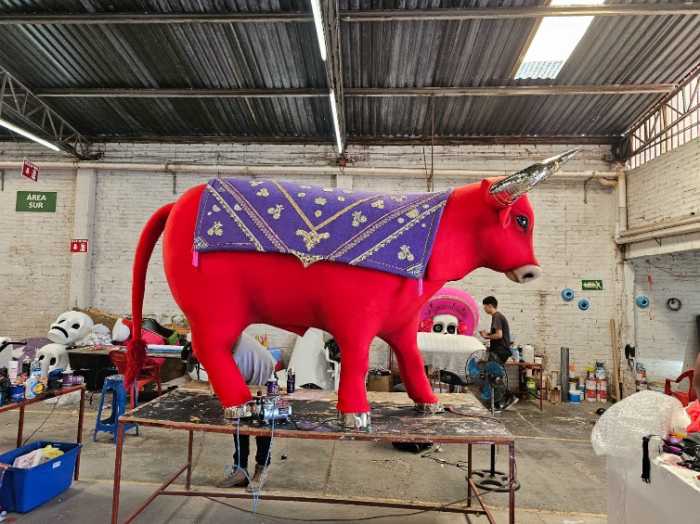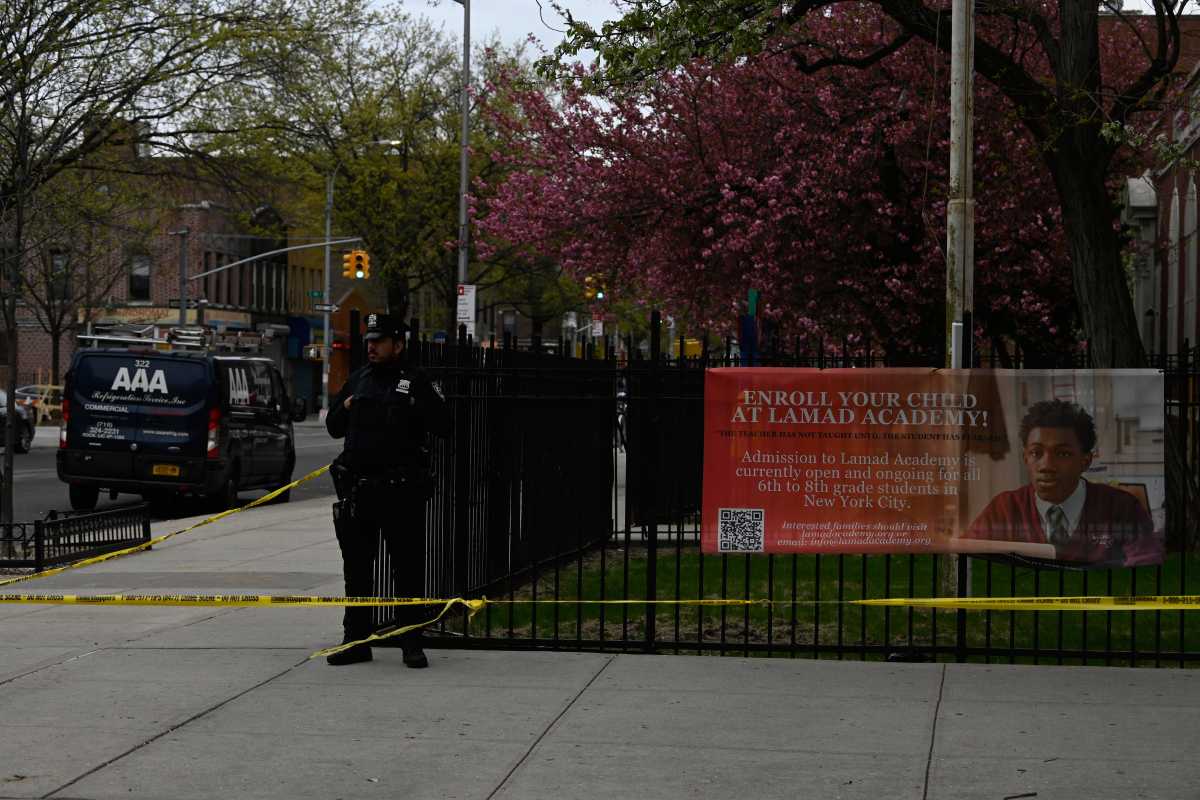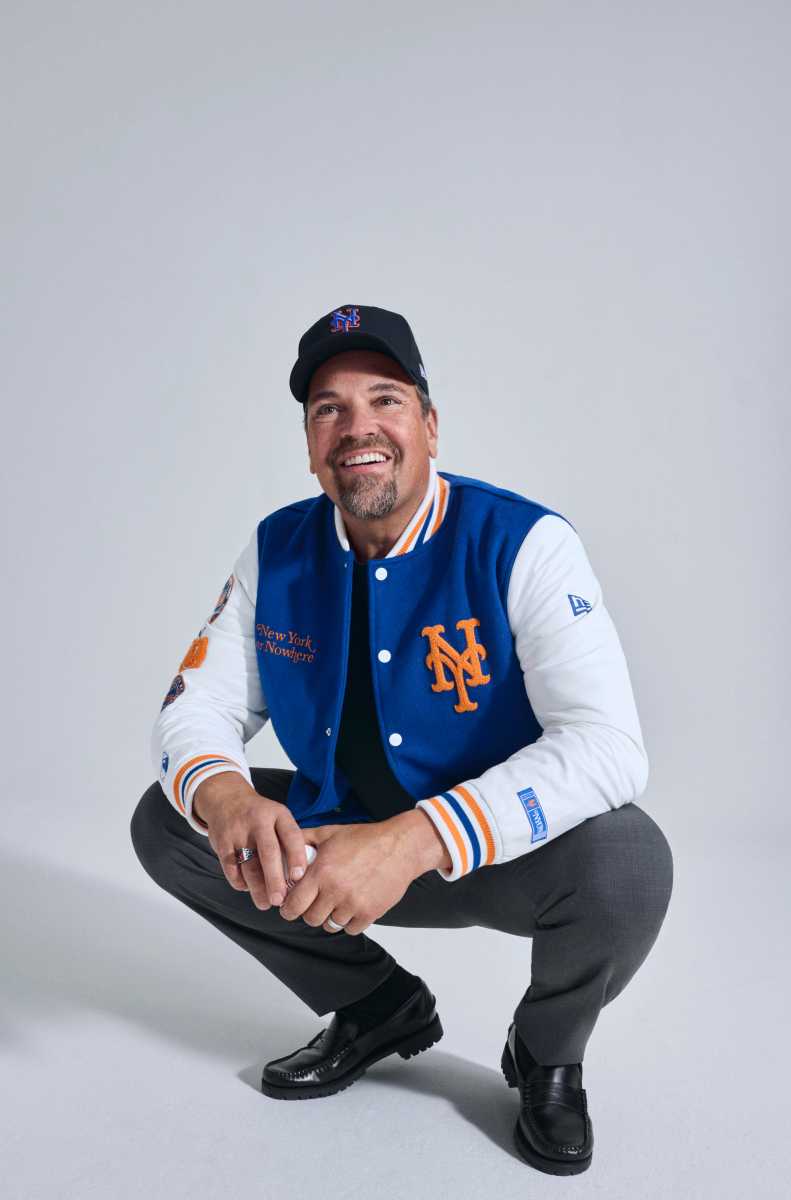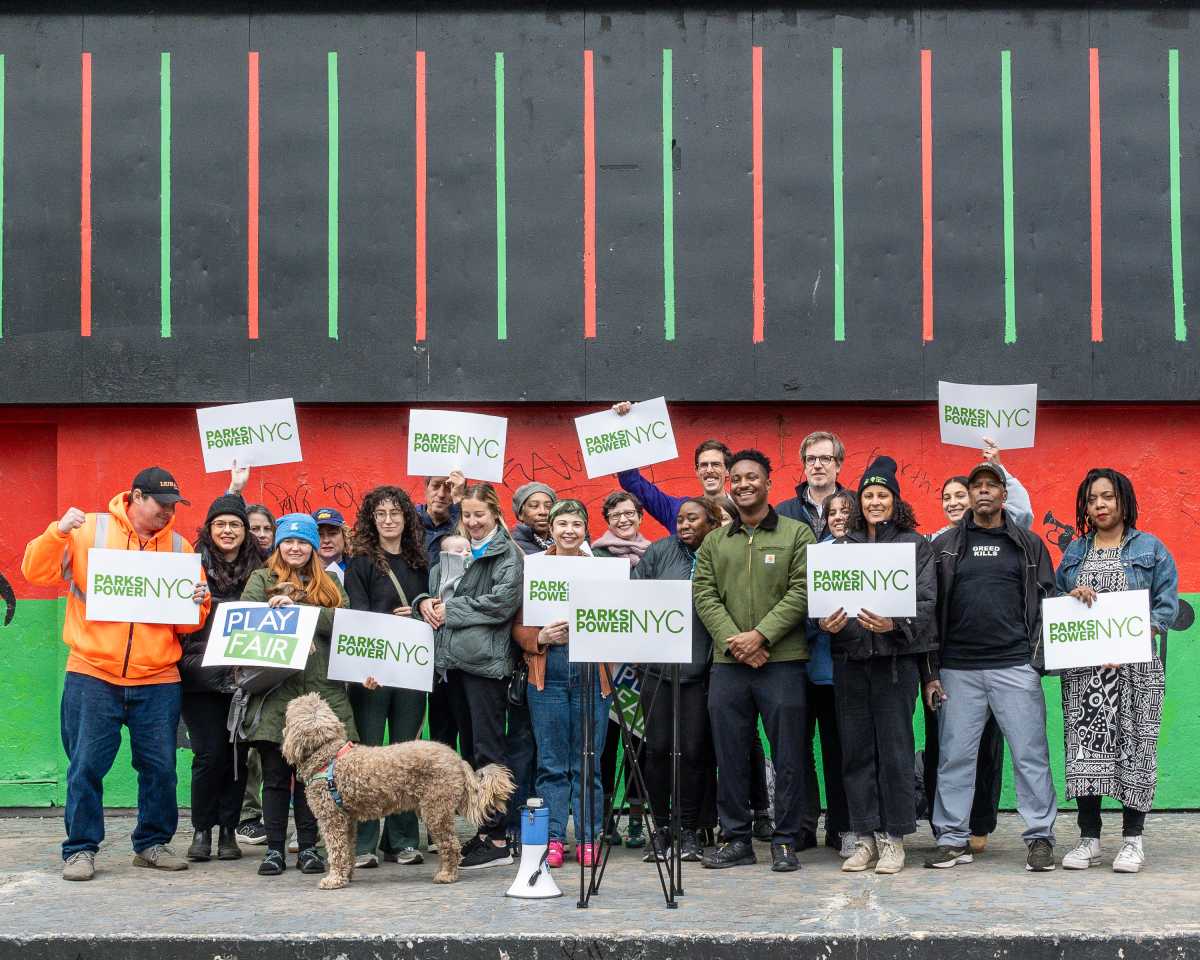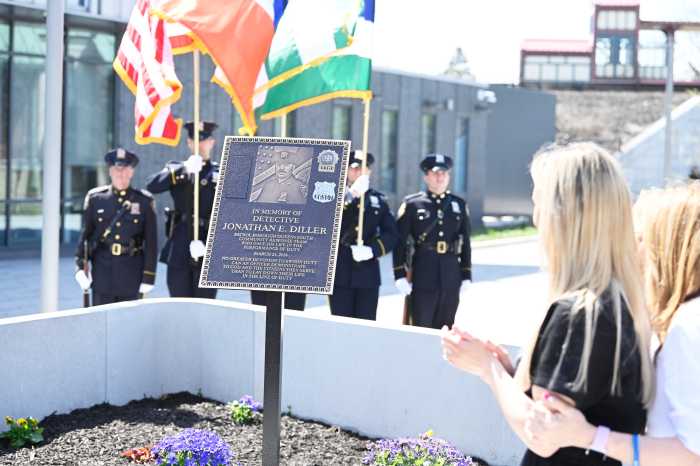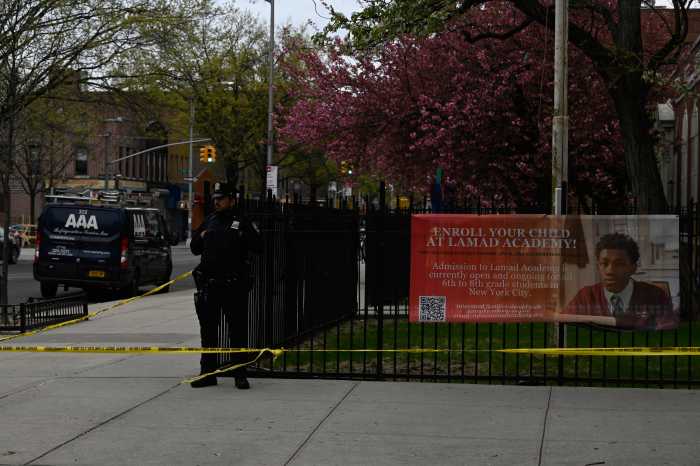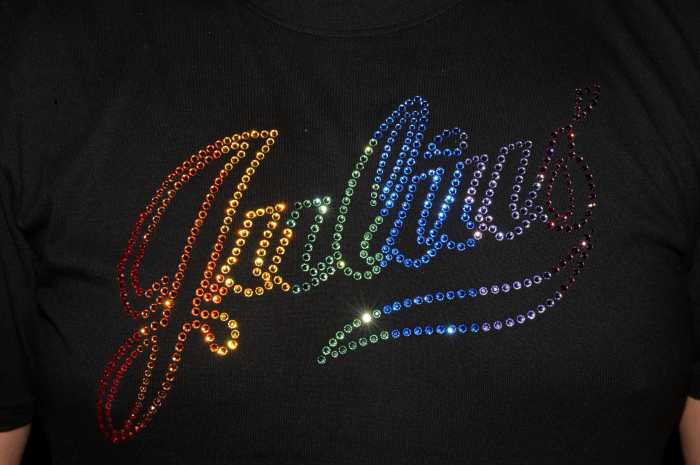Memorial Day has taken a more somber tone this year with nearly 100,000 Americans dead, including 28,000 New Yorkers, due to the COVID-19 pandemic.
On the deck of the U.S.S. Intrepid Monday, Governor Andrew Cuomo invoked the words of President John F. Kennedy in calling for the governments to provide guaranteed death benefits as well as hazard pay for essential workers.
Sunday alone saw 96 more deaths in the state from coronavirus, with nursing homes continuing to be a center of controversy for Cuomo’s response effort.
“I can just imagine the responsibility of a chief executive who has to call men and women into war and how they deal with that responsibility. I know that I feel a grave responsibility to our frontline workers, our essential workers who understood the dangers of this COVID virus, went to work anyway because we needed them to,” Cuomo said. “We’re going to make sure that every government in the state of New York provides death benefits to those public heroes who died of COVID-19 in this emergency.”
But the governor’s call is partly hinged on the willingness of representatives in Washington D.C. to provide financial relief as New York currently finds itself $13 billion in debt.
Whether the frontline workers in question work at city, county, or the state level, Cuomo said the death benefits will be paid out of pension funds. The state has a list of which work government employees qualify for the benefit, but may not include private sector workers such as those in grocery stores or delivery services.
Reopening in the Finger Lakes region and central New York were not unexpected developments for the governor, to which he said continued use of PPE would help keep the spread under control while loosening up restrictions on day-to-day life.
Those upstate regions opened May 15, contingent on CDC criteria that required 14 consecutive days of declines in COVID-19 cases.
Cuomo made reference to testing surveys from previous weeks that showed first responders and frontline workers such as nurses had a lower infection rate than the general public.
“Where we’ve seen the uptick in hospitalizations, I don’t believe factually that could be linked to the reopening because it’s too fast. If you get the virus today, the virus takes a couple of days to incubate. You then start to have some symptoms,” Cuomo said. “But it’s like 10 days until you’d even think of going into the hospital. That does not sync up with the reopening, it was too fast.”
